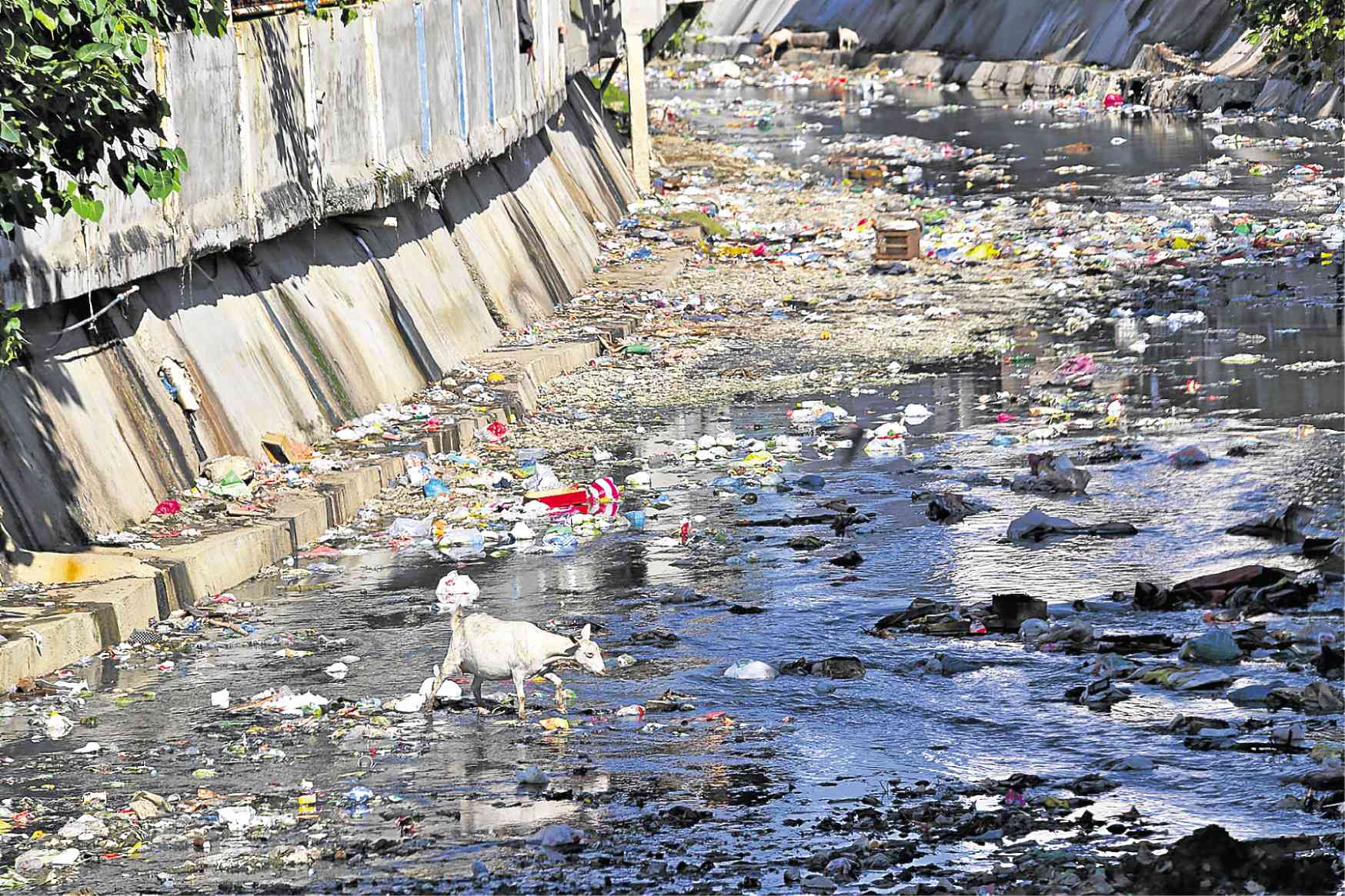River rehabilitation under way in Cebu, Pangasinan

MAJOR CLEANUP The Guadalupe River in Cebu City is among the three waterways that the Department of Environment and Natural Resources is planning to rehabilitate starting this month. —JUNJIE MENDOZA
Government agencies and communities in Cebu and Pangasinan provinces are reviving rivers classified “biologically dead” due to heavy pollution in their areas.
In Cebu, the Department of Environment and Natural Resources (DENR) in Central Visayas region said the Lahug River in Cebu City’s north district and the Bulacao River in the south would be subjected to an intense two-month cleanup.
The Guadalupe River, a 12-kilometer waterway which traverses the mountain area around Metro Cebu and discharges into Mactan Channel, will also be rehabilitated, the DENR said.
Gilbert Gonzales, DENR regional director, said the cleanup would not be as huge as what was done in Manila Bay, where at least 40 tons of garbage were collected by more than 5,000 government employees and volunteers during the launch of the bay rehabilitation project on Jan. 27.
Community support
“Manila Bay is so wide and needs an extensive overhaul. Here, we can mobilize more than enough volunteers for our needs,” Gonzales said.
He urged local communities and other agencies to support the cleanup after securing the commitments of the local governments of Cebu City and Cebu province to help in reviving the rivers.
Gonzales said 10 rivers in the Central Visayas provinces of Cebu, Bohol, Siquijor and Negros Oriental needed to be cleaned up.
In Pangasinan, residents of Barangay Bued in Calasiao town cleaned the Parongking River, hoping it could still be revived and teem once more with aquatic life.
The weekly cleanup, which started on Jan. 20, had drawn 300 volunteers who waded into the murky water to remove garbage from the riverbed.
So far, volunteers have collected more than 200 sacks of garbage, including a television set, a dead cat and loads of plastics.
But Bued village chair, Carlito Dion, said the cleanup would not cover the entire stretch traversing the village and would need the help of volunteers from every “pulok” (sitio).
To keep the 2-km river free from garbage, Dion said residents were encouraged to report to the barangay council anyone throwing trash into the river.
Water for farms
Parongking River has no headwater as it has been dammed in the upstream. Its water is used for irrigating rice lands. It is dependent only on water coming from the sea (from Dagupan City) for water change.
The river traverses several villages in Sta. Barbara and Calasiao towns and Dagupan City, where it is known as Bayaoas River.
The portion of the river crossing Bued was once declared biologically dead because of domestic and industrial waste.
A mini dam has been built to collect water runoff from farmlands. The plan is to open the dam twice a month to flush out polluted water, Dion said.
Several long-term plans, like dredging the river and even paving the riverbed with concrete, have been recommended to revive the waterway. “But those plans would cost a lot of money and definitely the barangay could not afford them,” Dion said.
“What we can do now is discipline ourselves and not consider the river as a dump. We have done it in the past and we can do it again,” he said.